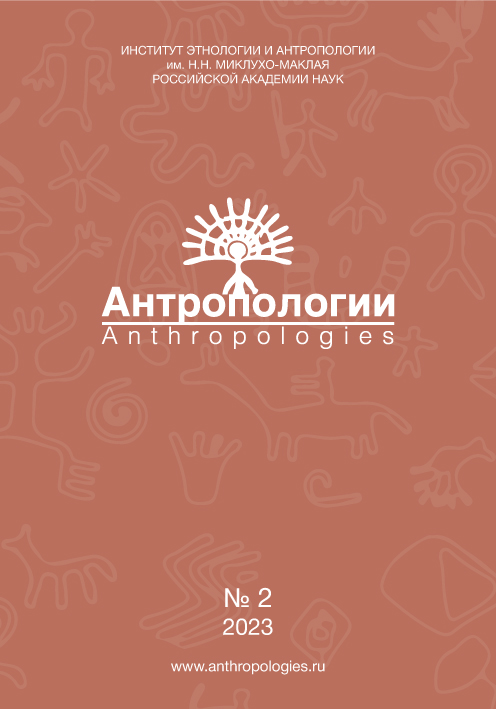The Armenian Genocide: Memory and Identity
DOI:
https://doi.org/10.33876/2782-3423/2023-2/68-111Keywords:
Armenian Genocide, collective memory, Karabakh movement, independence, «I remember and demand», canonization of martyrs, Nagorno-Karabakh, ethnic cleansingAbstract
The article discusses some aspects of the anthropological study of the memory of the Armenian Genocide and its impact on the formation of identity in the late 20 — early 21 centuries. In particular, the influence of the Karabakh movement in Armenia (1988–1990) and especially the pogroms of Armenians in Sumgait (February 27–29, 1988) on the formation of the leading position of the memory of the Genocide, which in its development led to an increase in the political maturity of the masses, changing stereotypes formed over centuries and decades, rethinking the past and present, and to prevent future genocides the necessity of fundamental political transformations in society, namely, the creation of an independent state, was realized. In fact, in the case of the Karabakh movement, the memory of the Genocide becomes the means that allows democratic reforms to be carried out. This process is shown by analyzing the iconography (banners and posters) created during the Movement.
The second part of the article examines individual episodes of the memory of the Armenian Genocide in connection with the events marking its centenary in 2015. In the Pan-Armenian Declaration on the 100th anniversary of the Armenian Genocide, it was indicated that the main slogan will be the expression «I remember and demand». The article raises questions: who, what and how do I remember, what, from whom and how do I demand? Only two questions are analyzed: who I remember and how I remember.
The topic of the «rescue» of Armenians by Turks/Kurds during the Genocide is also briefly studied. Studies show that the so–called «rescues» were accompanied by robbery, sexual and economic exploitation, the demand for apostasy, the violation of promises of salvation and the murder of the «saved», in short, «saved» for selfish reasons, the actions of the «saviors» did not carry any risk for them. In other words, if we are guided by international criteria, there were very few true rescues, and their emphasis pursues only political and propaganda purposes. From the position of an ethnographer, the canonization of the victims of the Genocide, which took place on April 24, 2015, is also considered.
In conclusion, the fact of the repetition of the genocide a hundred years later is briefly considered, namely, the ethnic cleansing that took place in the Nagorno-Karabakh Republic in 2023. It is concluded that this will obviously lead to the formation of a new layer of the collective memory of Armenians.


